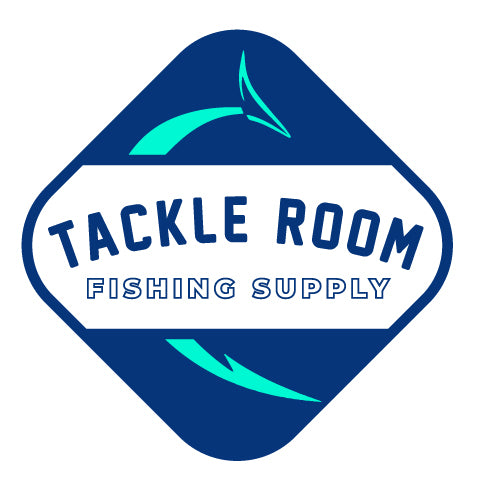Types of Saltwater Fishing Lures
- Jigs
- Plugs
- Soft Plastic Baits
- Spoons
- Spinners
- Poppers and Topwater Lures
Introduction Fishing is an art, and every artist needs the best tools to create their masterpiece. In the world of saltwater angling, your lures are your brush and canvas. Choosing the right saltwater fishing lure can be the difference between a successful day on the water and going home empty-handed. This guide will dive deep into the different types of saltwater fishing lures, helping you make informed decisions to enhance your fishing experience.
Types of Saltwater Fishing Lures
1. Jigs Jigs are versatile lures characterized by a lead sinker with a hook molded into it, often covered by a soft body to attract fish. They're effective for a range of fish species, from flounder to giant trevally. The key to jigging is a vertical motion, mimicking injured prey.
2. Plugs Also known as crankbaits, plugs are hard-bodied lures that mimic the appearance and movement of baitfish. They come in various sizes, shapes, and colors, with some designed to dive deep and others to skim the surface. Trolling or casting plugs can be especially effective for species like tuna, mackerel, and barracuda.
3. Soft Plastic Baits These lures are made from soft plastic materials and are designed to resemble live bait closely. From shrimp to squid, soft plastics can be rigged in different ways to target specific species. They're particularly useful for inshore fishing, targeting species like snook and redfish.
4. Spoons Spoons are metal lures with a shape resembling the inside of a tablespoon. Their simple but effective design creates a distinctive wobble that predatory fish find irresistible. They're excellent for fishing in a variety of conditions and depths, targeting species such as bluefish and king mackerel.
5. Spinners Spinner lures feature a metal blade that spins around a wire shaft, creating vibrations and visual reflections that attract fish. They're great for casting in areas with strong currents or deep waters, targeting species like salmon and tarpon.
6. Poppers and Topwater Lures These lures are designed to create noise and disturbance on the water's surface, mimicking injured prey. The dramatic topwater strikes they provoke can be thrilling for any angler. Poppers are particularly effective for species like giant trevally and bluefish.
Selecting the Right Lure
1. Consider the Target Species Different species respond to different stimuli. Research the habits and preferences of the fish you're targeting to choose the most effective lure.
2. Water Conditions Water clarity, depth, and temperature can all influence lure selection. In murky water, brightly colored or vibrating lures might be more effective, while in clear water, more natural and subtle presentations are preferred.
3. Time of Day Fish are more active during certain times of the day. Dawn and dusk are often prime times for topwater lures, while bright, sunny days might call for deeper-diving plugs or jigs.
Conclusion Saltwater fishing lures are a critical component of any angler's toolkit. By understanding the different types available and how to select the right one for your conditions, you can significantly increase your chances of success. Remember, the best lure is the one that catches fish, so don't be afraid to experiment and find what works best for you and your local waters. Happy fishing!

